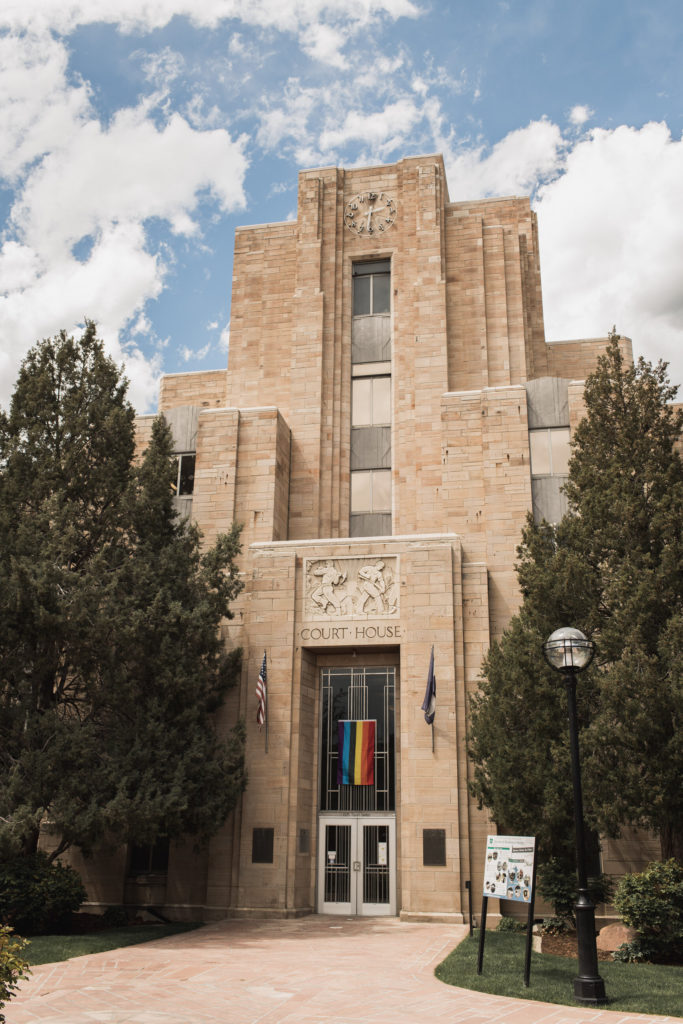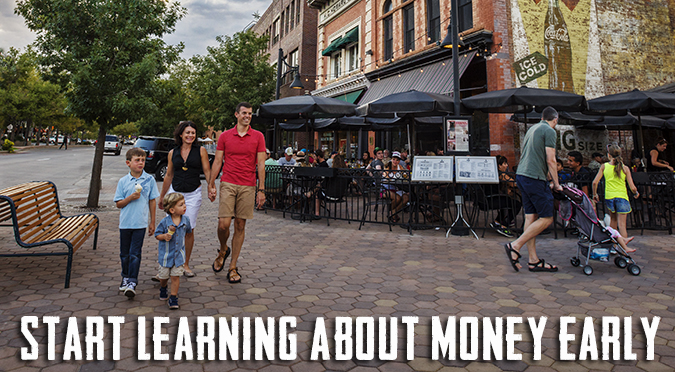In honor of Pride Month, our friends at the Museum of Boulder interviewed Glenda Russell, a psychologist and researcher who has been working to understand and write about Boulder’s LGBTQ history for many decades. Below is an excerpt from that interview.
You came to Boulder in 1970. What was it like for LGBTQ+ people here at that time?
When I came to Boulder in 1970, the town was in many respects on the edge of making significant changes. It had been a quite conservative town, as evidenced by a history of city councils that consisted largely of middle-aged and older white male businessmen. The changes that were coming were part of broader changes in the United States: the turmoil in the country brought about by a series of assassinations and riots, the Vietnam War, the promise of the activism of disenfranchised groups, the murders at Kent State and Jackson State, 18-year-olds winning the right to vote, and the youth rebellion of the late ’60s in general and against the war in Southeast Asia in particular. Within a couple of years after I arrived here, the complexion of Boulder’s City Council changed dramatically: With no precedent whatsoever, council now counted in its membership an African American mayor, several women, its youngest member ever, and a gay man who was not widely open about his sexual orientation but who espoused quite liberal politics. It felt like the dawning of a new day. In some respects, it was. But what many of us had not yet learned was that dawns and new days are almost inevitably followed by backlashes.
How did you get into LGBTQ+ rights?
I stepped in rather gingerly at first. I was drawn to some events sponsored by the Gay Liberation Front (GLF), a group that formed in 1970 on campus that included community as well as campus folks. I also attended some of GLF’s great barn dances, which were held at Hidden Valley Ranch north of Boulder. These dances drew queer people from all over northern Colorado and Wyoming. They were fun, and they represented the first time in the area that queer people created their own social spaces — not beholden to organized crime and not subject to police harassment. That was a dramatic step, out of the closet certainly but also out of isolation and self-hatred.
For me, things would have gone on casually for probably a long time, but Boulder history intervened. The Boulder City Council passed a Human Rights Ordinance. At the urging of some of the leadership of Boulder’s GLF, council considered including sexual orientation in the non-discrimination ordinance. There was an incredible hue and cry from Boulderites. Hundreds showed up for a council hearing on the ordinance. It was an amazing show: one woman likened Boulder to Sodom and Gomorrah, another warned that the town was about to become known as “Lesbian-Homoville.” A gay man who was the minister of Denver’s Metropolitan Community Church (which then as now ministered largely to the LGBTQ+ communities) softly said, “God loves me, and He knows I am a homosexual.”
I sat through this entire evening taking notes. I instinctively knew that history was being made in front of me. That perspective allowed some distance between me and the vitriol that was being said about my group. I walked out of that hearing knowing I wanted to be a part of this movement.
Last year I was walking on Pearl Street and there were gay pride flags flying everywhere. Has Boulder always been so friendly to the LGBTQ+ community? If it hasn’t, when did it change and why?

Well, let’s go back to the history I mentioned earlier — the history that included Boulder’s Human Rights Ordinance and that public hearing I mentioned. That was in 1974. The city really did get polarized over what we called gay rights then. In fact, the official city record says that it was the most divisive time in the city in recent memory. Many citizens pushed for city council to allow a referendum on whether the Human Rights Ordinance should include sexual orientation. Council was sitting on a live firecracker, and they were willing to throw it out into the open for everyone to vote on. And vote we did. The good people of Boulder voted against gay rights by a landslide. Not only that, anti-LGBTQ+ forces in town initiated a recall against two members of council — Mayor Penfield Tate and Tim Fuller. Mayor Tate barely survived the recall and, in fact, lost his later re-election bid along with his political career. Tim Fuller was recalled and left Boulder not long afterward. So Boulder certainly wasn’t a terribly friendly place in any official sense in 1974, which is not to say there weren’t some wonderful allies in this town then.
In 1987, several young lesbians noted that Boulder had been left behind. We still didn’t have an ordinance that prohibited discrimination against queer people. Kat Morgan, Sue Larson and several other women approached city council with the idea of having them add sexual orientation to the Human Rights Ordinance. Council members recalled all too well the polarization that had been a part of the 1974 effort and declined to raise the issue. Not to be deterred, these same women went the petition route and forced the issue to go on the ballot. The second time worked: Boulderites accepted the inclusion of sexual orientation in the Human Rights Ordinance. They did so by fewer than 300 votes. So, I guess you could say Boulder was getting friendlier by then.
To your question, “When did it change, and why?” — it changed gradually, as attitudes tend to do. In many ways, it changed as the entire country changed. And it is still changing. And, if I may say, it still has a lot of changing to do.
Rainbow flags are lovely. And they really do convey a welcoming sentiment to LGBTQ+ people. That is real. And that is on the one hand.
On the other hand, rainbow flags are cosmetic. Flags and “hate-free zone” signs, and other such things are quite nice, but they say little to nothing about whether people have really examined the heterosexism and transnegativity that virtually all of us grew up with and that continue to be part not only of our heritage but of the air we breathe. These symbols do not guarantee that a person who displays such signals really understands what oppression does to LGBTQ+ people or how their own actions — right here, right now — might negatively affect LGBTQ+ people and unwittingly reinstate the power differentials between them and queer people. This is not at all unique to LGBTQ+ people in Boulder. I think many groups of people who are marginalized have this feeling in Boulder (and certainly elsewhere). It takes enormous courage and humility and work to really see how we participate in the power dynamics when we are sitting in the powerful seat relative to a particular form of oppression.
Things have changed, and things are changing. And there is more change to be thought and acted into being.
You can read the full interview with Glenda from the Museum of Boulder here*.
*This link leads to a third-party website.


